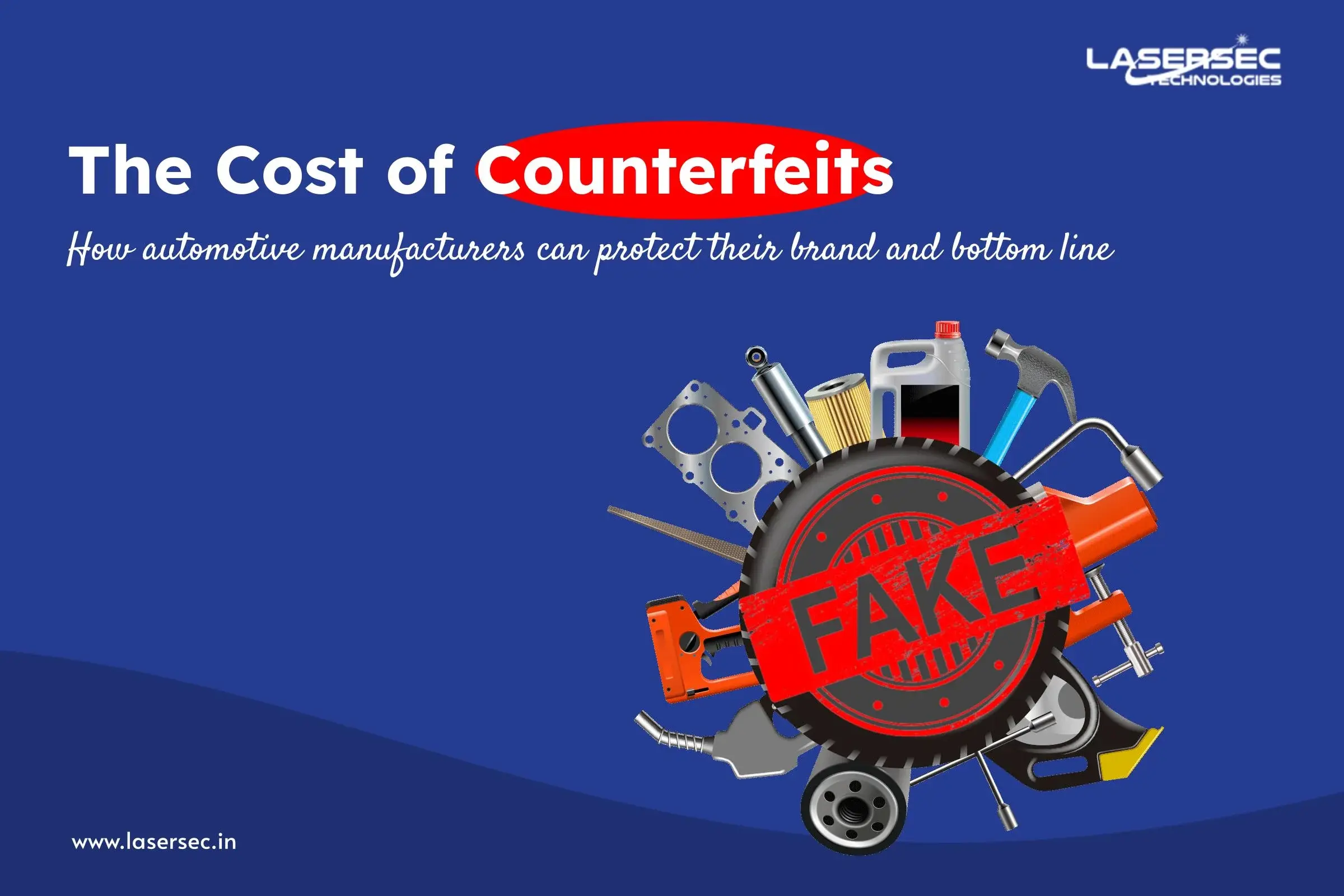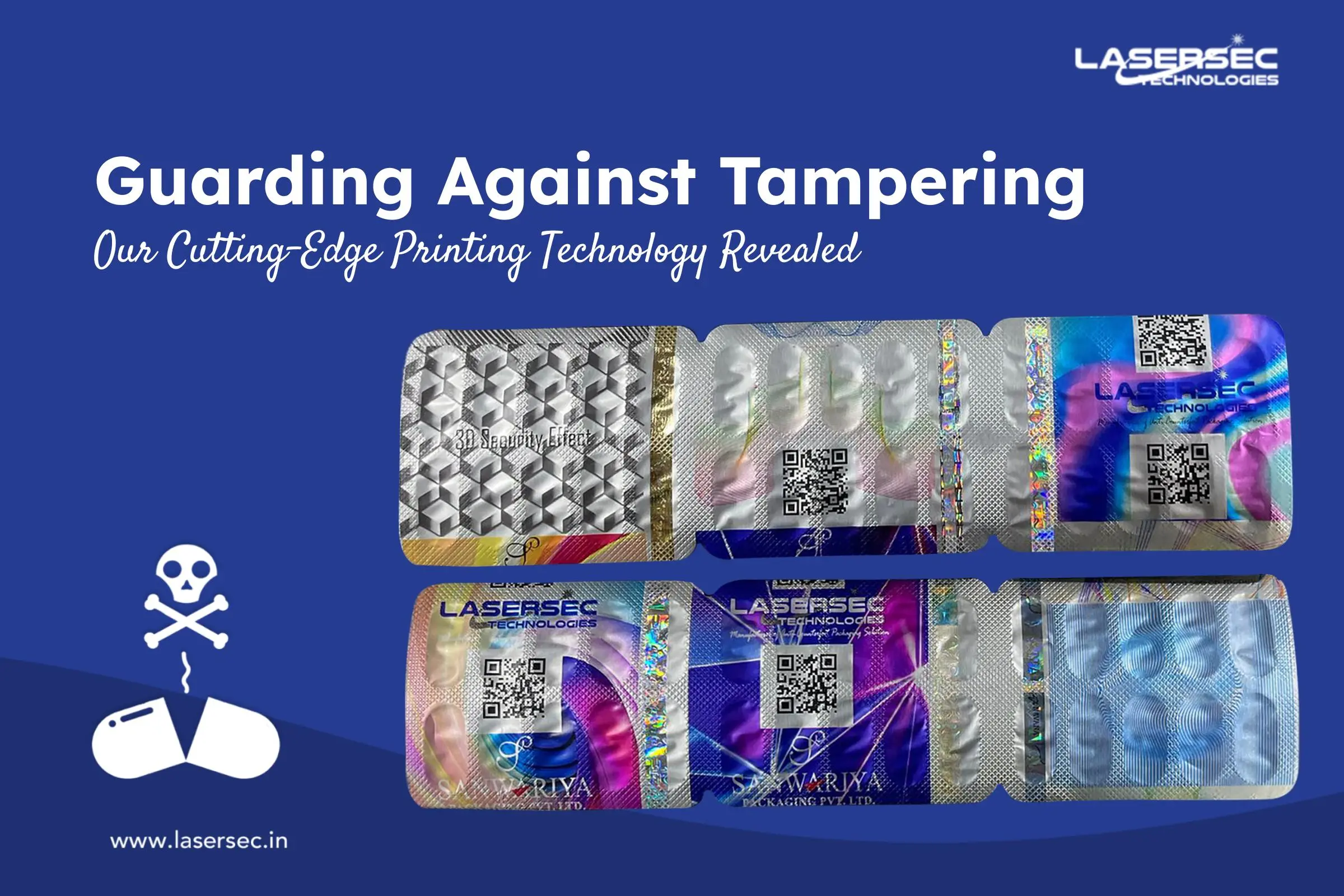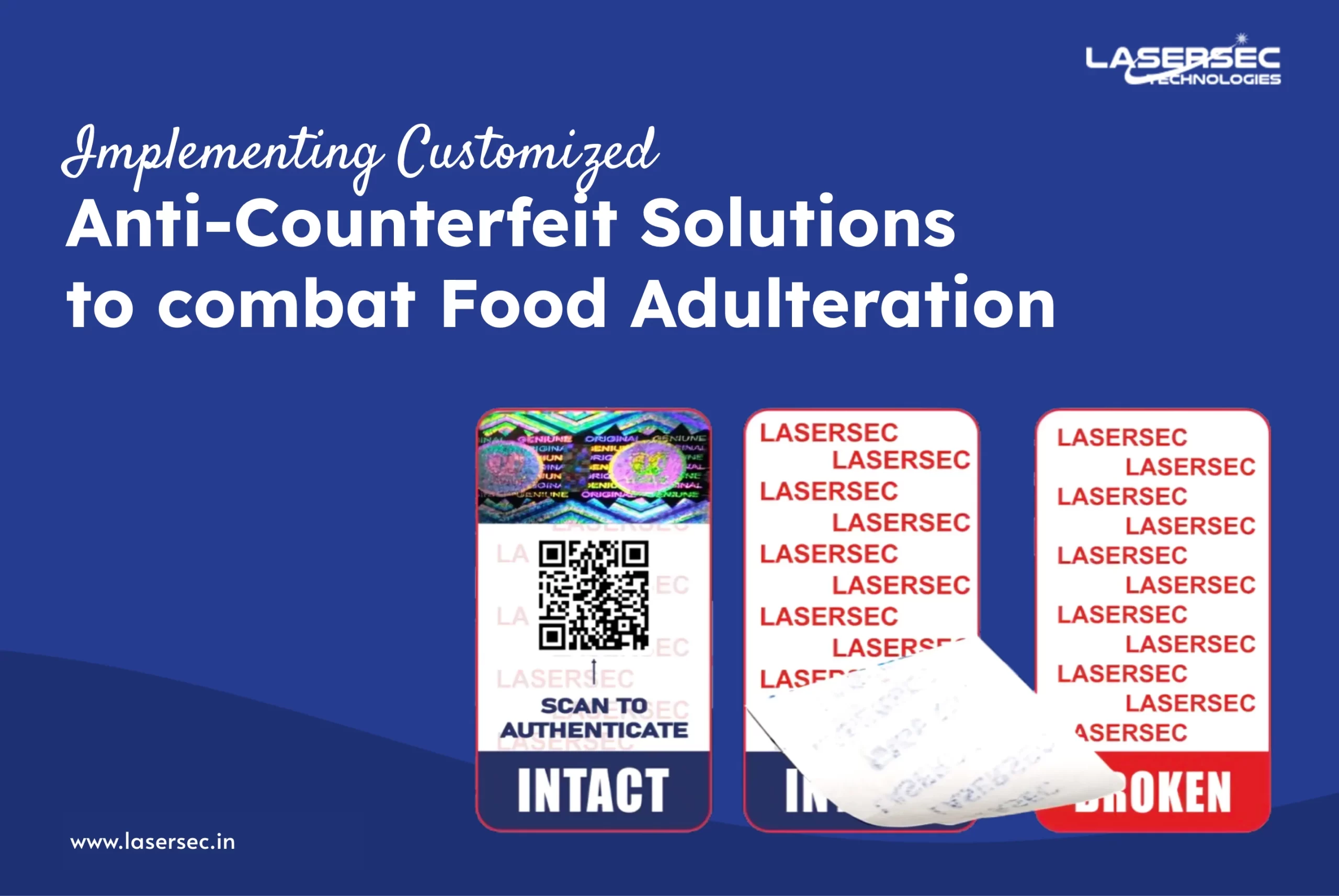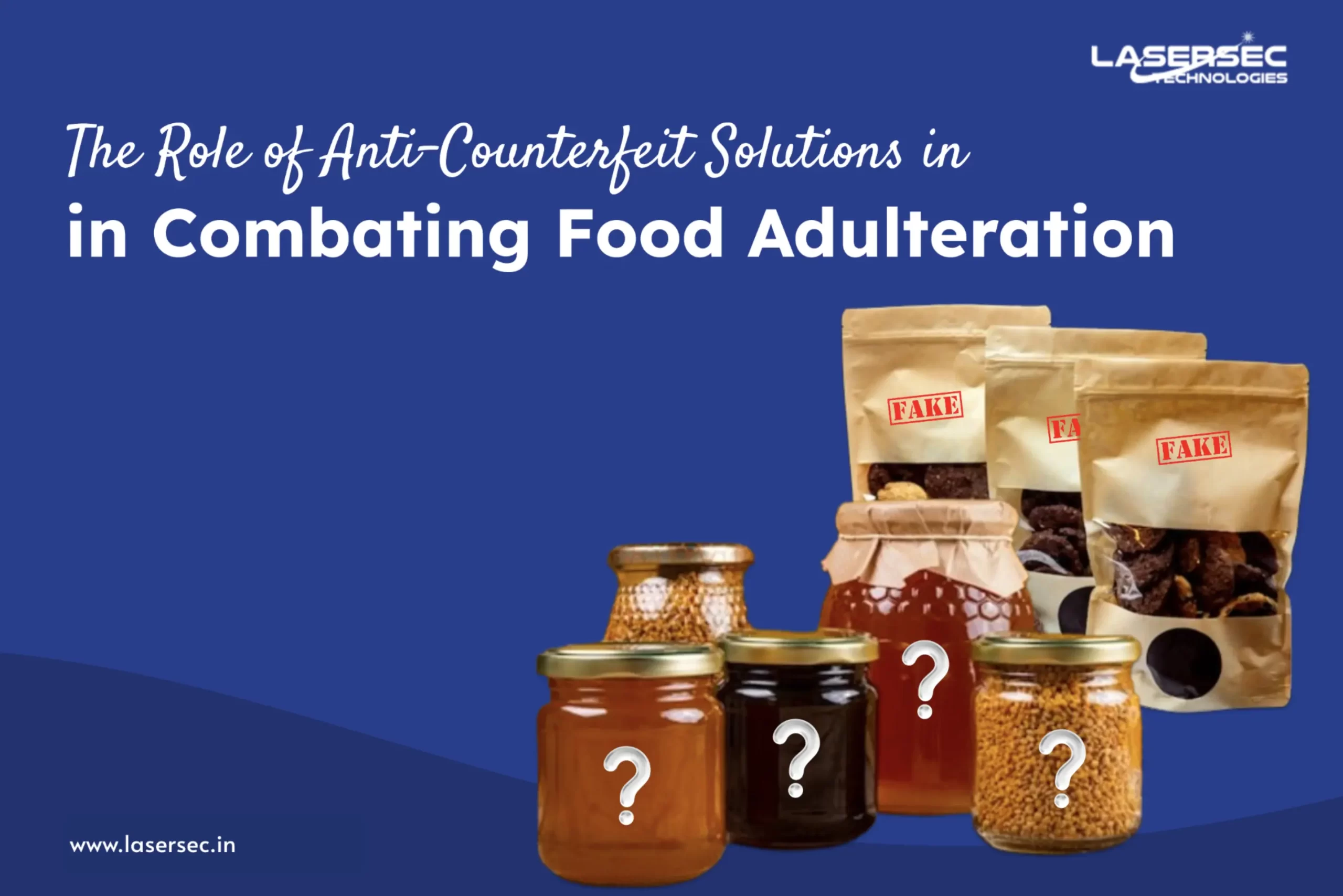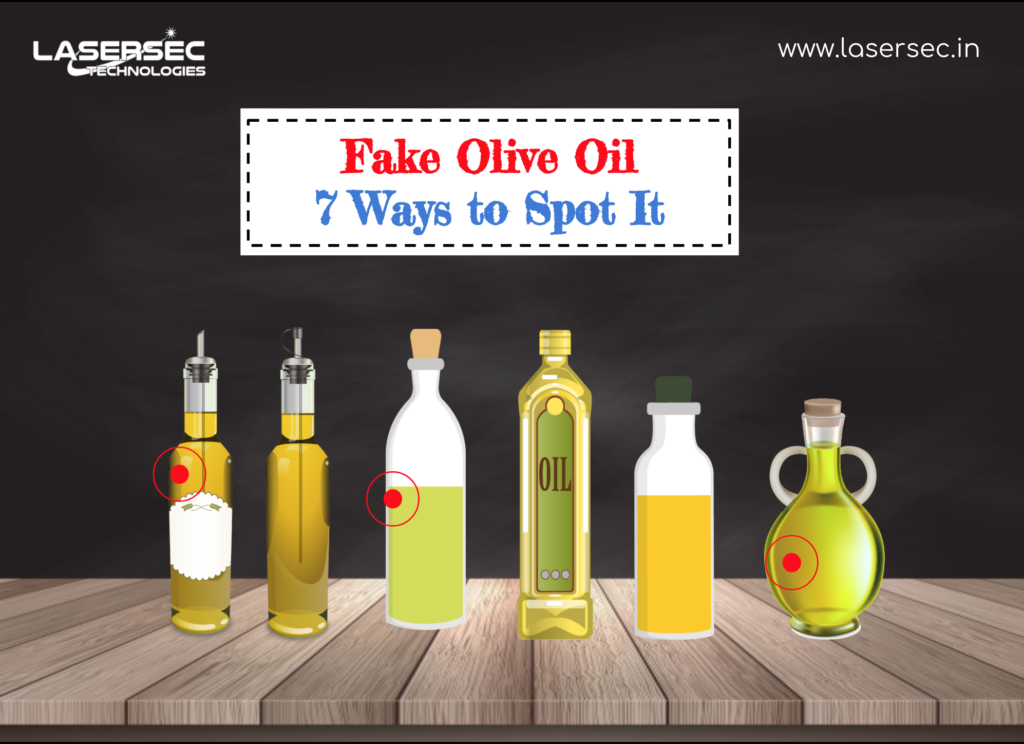
With the evident amount of delusion roaming around in our mind while comparing olive oil with wine tasting, somewhere down the line we have come to realize that it is what was presented rather than what was there.
There are certain instances, where even the eminent food tasters were inept while they were made to taste two different kinds of olive oils.
With the amount of attention garnered by olive oil mostly due to the popularity of Mediterranean diet, it’s safe to say that questions are being raised to prove the authenticity of olive oil. With the hysteria regarding such a hoopla, big brands plan on capitalizing on selling real (yet not fresh) olive oils which are old(actually pretty damn old).
Process of identifying
- Extra virgin olive oil is flammable enough to act as a powerhouse to light a lamp. So if that doesn’t light the lamp or causes a lot of smoke (because authentic olive oil causes no smoke), then be sure of the fact that it is fake.
- It is widely known that olive oil comprises of monounsaturated fats which are bound to solidify at a cold temperature. So if your brand of olive oil becomes thick or even solidifies, then it surely is authentic.
- OR you can always turn up to any local farmer and buy 100% pure olive oil. Still look for single producers of the product because the chances are that it will be more authentic than any other olive oil sold elsewhere.
The olive tasting is probably the least approved authenticity checker of them all since the fake stuff has been sold for such a long time that even the experts can’t do squat and spot the difference because in an experiment the experts ended up choosing the least expensive olive oil to be authentic.



-footer.png)


